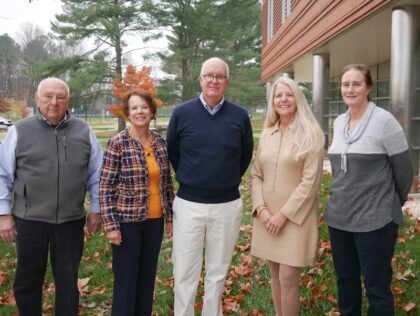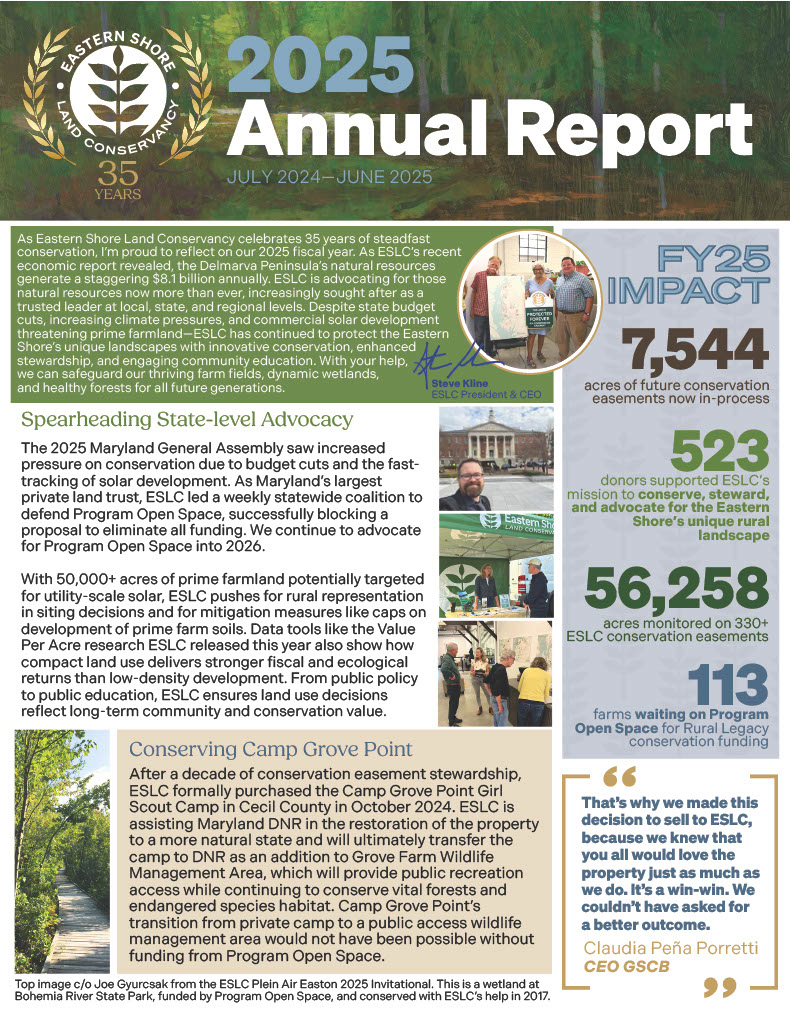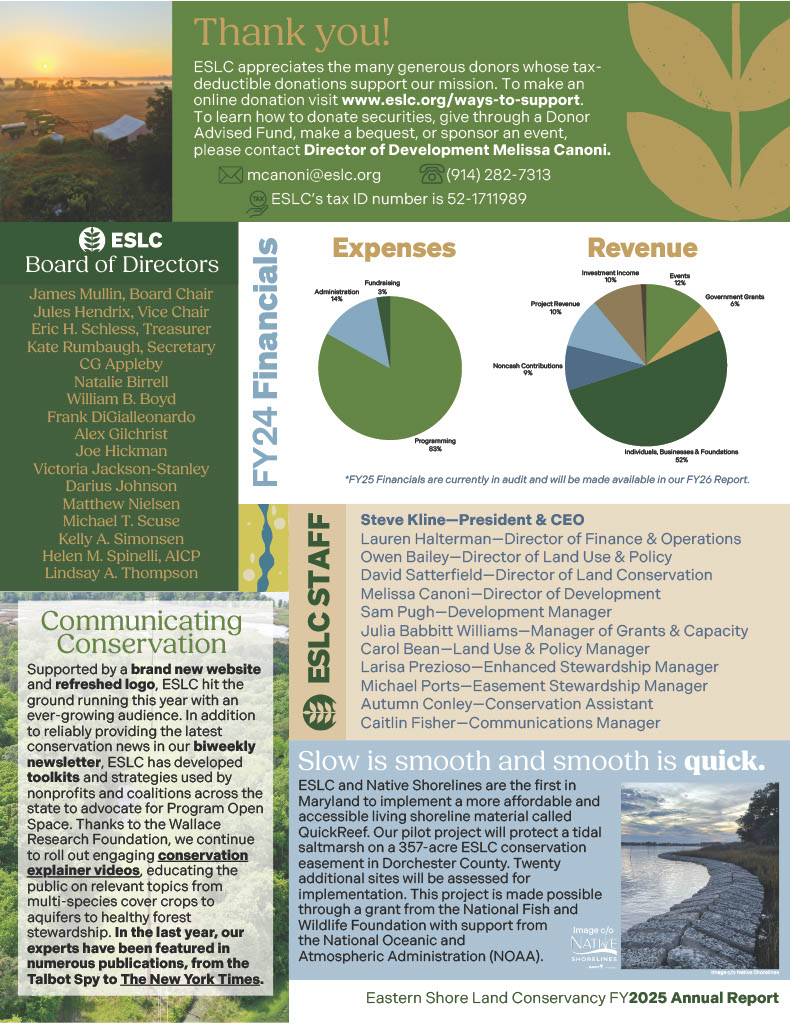Jean Wortman of Easton has recently been hired as the Visitor Services Manager at Adkins Arboretum. Wortman has a breadth of experience in the public humanities, museum education, and non-profit management and capacity building. Throughout her career, she has supported cultural and educational nonprofits as an employee, volunteer, grantor, and/or board member, both locally on the Eastern Shore and throughout Maryland, as well as across the country.
“I’m thrilled to be here at Adkins Arboretum, to work at such a special place with this phenomenally talented team, and to utilize my skills and experience to further Adkins’ mission,” stated Wortman.
“My role as Visitor Services Manager is to make sure that each person who comes to Adkins Arboretum has an exceptional experience in nature, which, as our mission states, will hopefully inspire them to become environmental stewards,” she adds.
According to Wortman, Adkins is a model non-profit organization that consistently delivers innovative programming, connecting diverse audiences of life-long learners to the natural environment through the lenses of ecology, history, and art, while uplifting community and collaboration.
The Arboretum offers science-oriented nature programs, including garden and landscaping talks, birding opportunities, and biodiversity walks, to name a few. In the areas of fine and performing arts, the Arboretum offers botanical art classes, an annual juried art show, year-round rotating art exhibitions, nature journaling, and special events like Plein Air Adkins, Forest Music, and Rhythm & Roots. Humanities offerings include the Arboretum’s Rooted Wisdom Walks and three free digital guided walks from Beech Works, available for download on the Bloomberg Connects app.
“We want people to feel that this place is not just a place to visit, but more importantly, we want them to fall in love with this place – to become engaged, to find community, to feel connection and to gain awareness of their place in the this ecosystem of plants, animals – our unique natural environment here on the peninsula,” Wortman shares.
Wortman has a master’s degree in liberal arts from Johns Hopkins University in Baltimore and a master’s degree in museum studies from Cooperstown Graduate Program, SUNY College at Oneonta, New York. She completed a Bachelor of Arts degree in American Studies from Lafayette College in Easton, Pennsylvania.
She has served on the boards of Eastern Shore Heritage, Inc., the Talbot County Free Library, Cooperstown Graduate Association, and the Lyric Foundation for Traditional Poetry.
“Jean brings an incredible breadth of knowledge and organizational skills, as well as pure enthusiasm for our work at Adkins Arboretum. I was truly impressed with Jean when I first met her as my Maryland Humanities Council grant administrator for our 2010 exploration of nature’s role in the Underground Railroad. I am delighted to have her join our team, with three significant planning projects coming up – Strategic Plan, Master Plan, and Development Plan, and the prospect of the addition of an independent art gallery, the timing could not be better,” states Ginna Tiernan, Executive Director of Adkins Arboretum.






